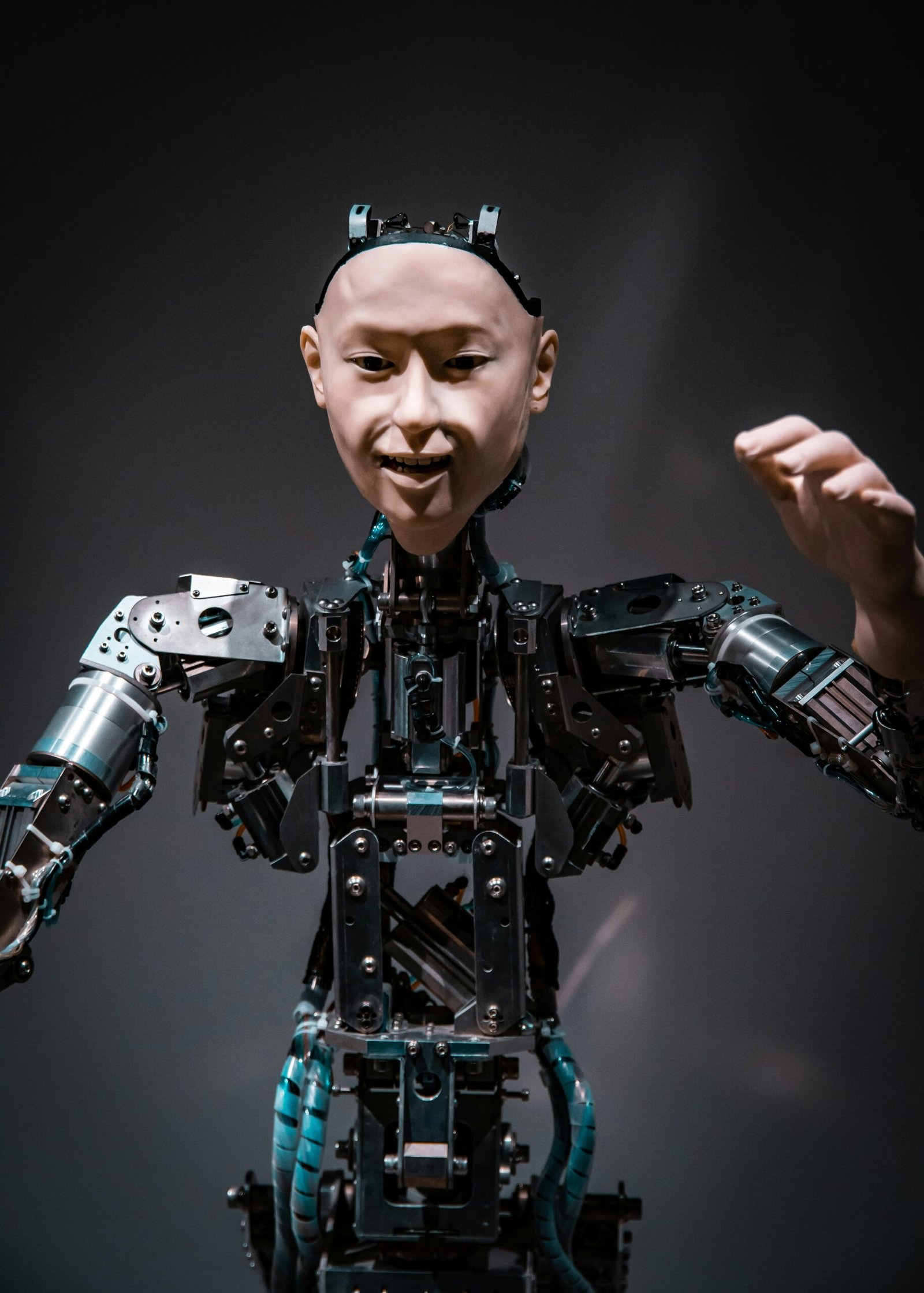Celebrating Neural Tech Achievements: Carnegie Mellon
Carnegie Mellon University has been at the forefront of these groundbreaking advancements. With its cutting-edge research and innovative projects, Carnegie Mellon has made significant contributions to the development and application of neural networks and brain-computer interfaces.

Notable tech achievements
Brain-computer interface communication between the device and mind
In 1978, CMU researchers implanted a microelectrode array into a paralyzed man, Johnny Ray, and allowed him to control a computer cursor with his thoughts. This was the first time that a BCI system had been successfully used to control a device in a human.
Notable achievement of Carnegie Mellon University is its research on brain-computer interfaces (BCIs). BCIs are systems that enable direct communication between the brain and external devices, allowing individuals to control computers or prosthetic limbs using their thoughts. Carnegie Mellon researchers have made significant progress in developing BCIs that are more accurate, reliable, and user-friendly.
One of the key contributions of Carnegie Mellon in the field of BCIs is the development of non-invasive interfaces that do not require surgery or implants. These interfaces use advanced signal-processing techniques to decode brain activity and translate it into commands for external devices. This breakthrough has the potential to revolutionize the lives of individuals with disabilities, enabling them to regain mobility and independence.
Developing Utah Array
Developing the Utah Array: The Utah Array is a microelectrode array that is implanted into the motor cortex of the brain. It is one of the most widely used BCI devices in the world and has been used in several clinical trials to help people with paralysis regain some of their independence.
The Utah Array is a high-channel-count microelectrode array manufactured by Blackrock Neurotech. It is a brain-computer interface (BCI) device that can be implanted in the brain to record and stimulate neural activity. The Utah Array is currently being used in research to study the brain and to develop new treatments for neurological disorders.
Neural prosthetics
Carnegie Mellon University has also made significant advancements in the field of neural prosthetics, which are devices that interface directly with the nervous system to restore lost functionality. Researchers at Carnegie Mellon have developed neural prosthetics that can restore vision to individuals with retinal degeneration and help paralyzed individuals regain movement.
- Developing the BrainGate system: The BrainGate system is a BCI system that allows people with paralysis to control devices such as computers and prosthetic limbs with their thoughts. It has been implanted in over 20 people worldwide and has shown that it is possible to restore function to people with paralysis and to improve their quality of life.
Brain-controlled drones
Furthermore, Carnegie Mellon’s research on neural networks and brain-computer interfaces has extended beyond the laboratory and into real-world applications. The university has collaborated with industry partners to develop commercial products based on its research, such as brain-controlled drones and assistive technologies for individuals with disabilities.
CMU researchers are constantly developing new BCI technologies, such as smaller, more reliable, and easier-to-implant devices. They are also developing new BCI applications, such as controlling robots and other devices with the mind.
Conclusion
Carnegie Mellon University has achieved remarkable milestones in the fields of neural networks and brain-computer interfaces. Its research and innovations have not only advanced our understanding of the human brain but also have the potential to transform various industries, from healthcare to gaming. With its interdisciplinary approach and commitment to pushing the boundaries of science and technology, Carnegie Mellon continues to be a driving force in the field of neural networks and brain-computer interfaces.
CMU is a world leader in the field of BCI research and development. The university’s researchers are committed to developing BCI technology that is safe, effective, and affordable. They are also committed to making BCI technology accessible to people with paralysis and other neurological disorders.
In addition to the above achievements, CMU researchers have also made significant contributions to the understanding of how the brain works and how it can be controlled with BCI devices. This research is essential for the development of new and more effective BCI technologies.
CMU’s work in the field of BCI has the potential to revolutionize the way we treat paralysis and other neurological disorders. It also has the potential to create new forms of human-computer interaction and to enhance human cognitive abilities.
If you have found this article interesting, you might want to learn more about Duke
If you are interested in more similar topics, you can browse InnoVirtuoso for more related posts







